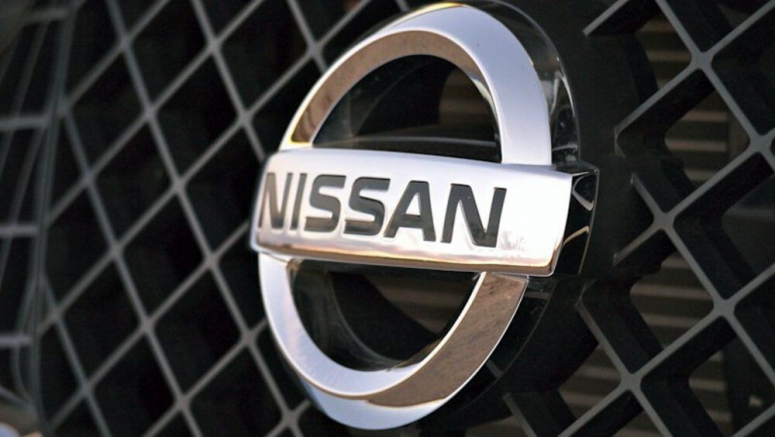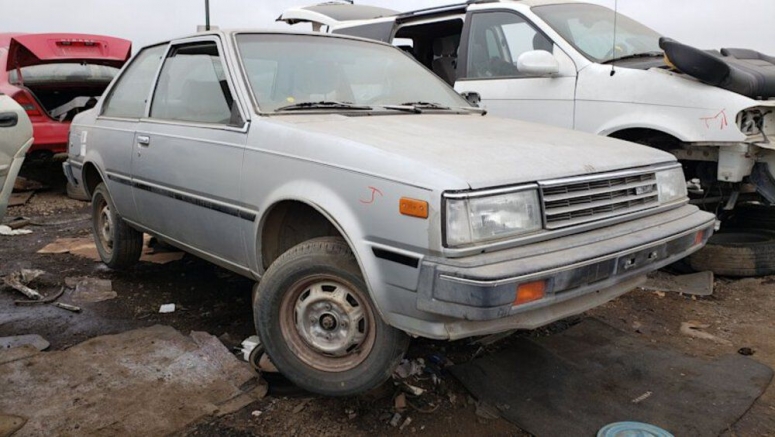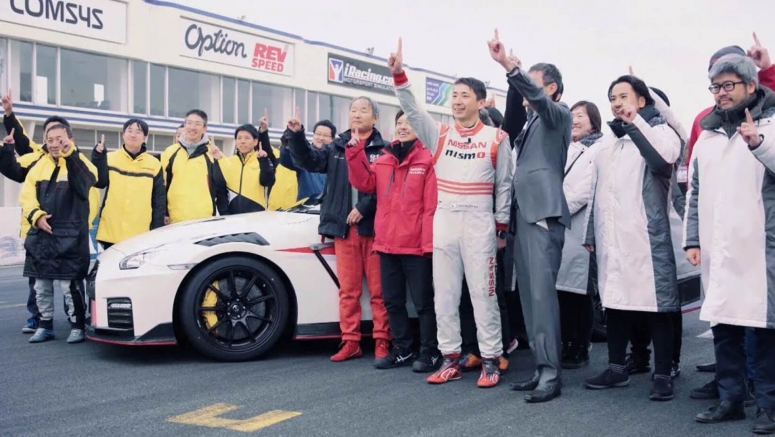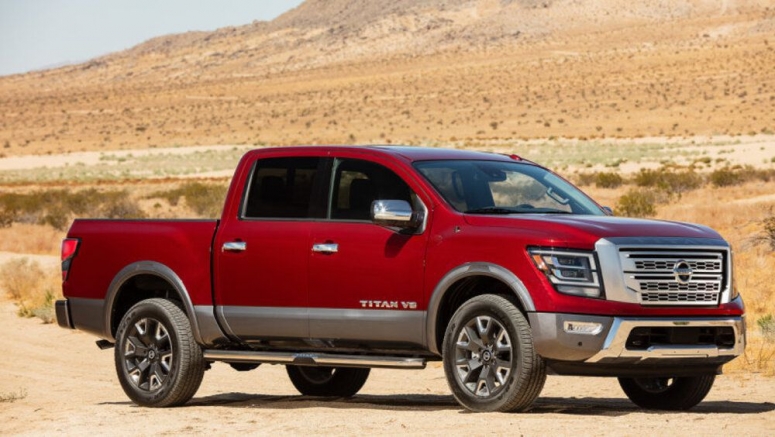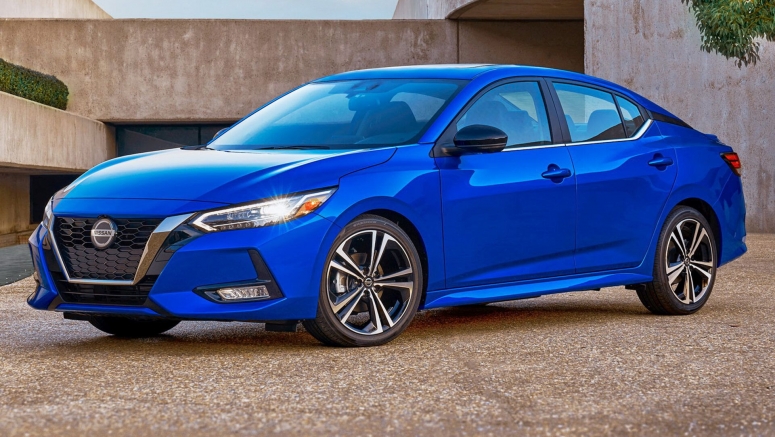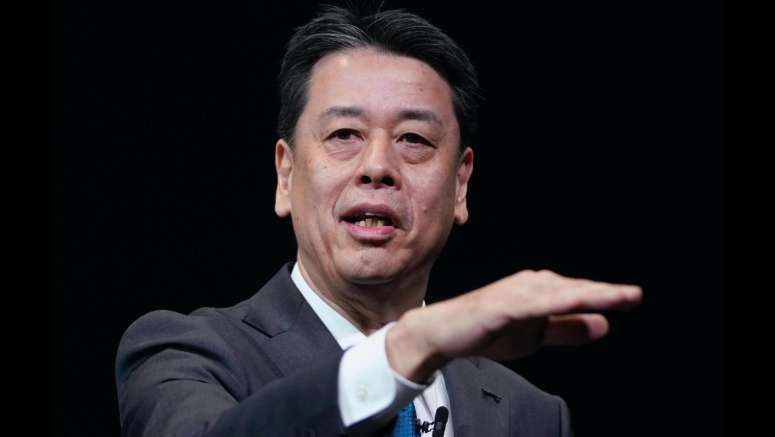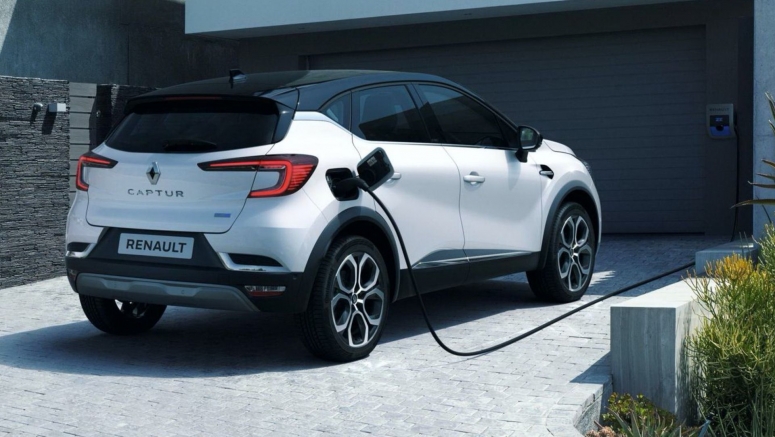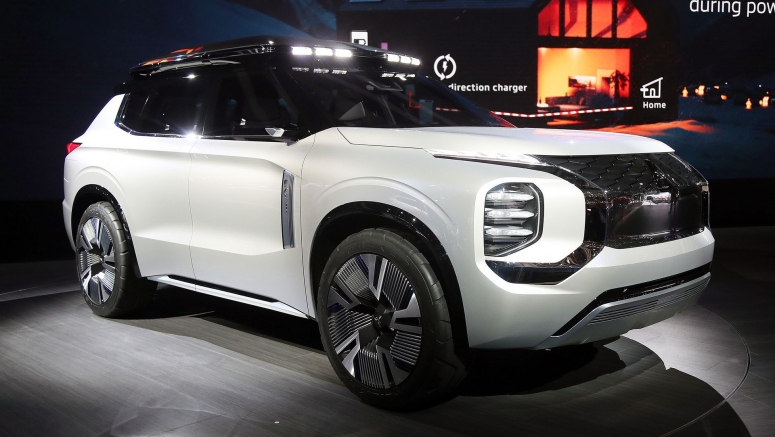
The Nissan Ariya concept. YOKOHAMA, Japan — Nissan is planning aggressive cost cuts to deal with an unexpected slump in sales as the expansionist strategy it inherited from fugitive former Chairman Carlos Ghosn flounders, four people familiar with the plans said. Japan's second biggest carmaker is set to eliminate at least 4,300 white-collar jobs and shut two manufacturing sites as part of broader plans to add at least 480 billion yen ($4.4 billion) to its bottom line by 2023, two of the people told Reuters. The moves come on top of a turnaround plan unveiled in July and are likely to include cutting Nissan's range of cars and the array of product options and trims in each line, slashing jobs mostly at head offices in the United States and Europe, and reducing advertising and marketing budgets, they said. "The situation is dire. It's do or die," a person close to Nissan's senior management and the company's board told Reuters. Most of the planned cuts and measures to enhance efficiency were presented to Nissan's board in November and received its general blessing, two sources said. A Nissan spokeswoman declined to comment on new restructuring measures or the view that weaker-than-expected sales were the catalyst for a global overhaul. Under Ghosn, Nissan embarked on a global expansion, boosting capacity to add new models, driving more decidedly into markets such as India, Russia, South Africa and southeast Asia and spending heavily on promotions and marketing to hit targets. Now, many of those models are missing sales goals, and executives at Nissan's Yokohama headquarters estimate up to 40% of its global manufacturing capacity is unused, or under-used. Some executives are worried Nissan, part of an alliance with Renault and Mitsubishi, could post another loss at its carmaking business in the last quarter of 2019 — and possibly for all its operations in the fiscal year ending in March. One source said that would most likely hinge on whether Nissan books big restructuring expenses in its current financial year, or waits until the year ending in March 2021. Reuters spoke to nine people familiar with Nissan's plans. All declined to be named due to the sensitivity of the subject.
Missed targets
In July, Nissan said it would cut 12,500 jobs from 14 sites around the world, from the United Kingdom to Spain, Mexico, Japan, India and Indonesia — and reduce its model range by 10%. At the time, Nissan officials told Reuters that meant shutting one production line at each plant. Now, Nissan is considering shutting two plants permanently, on top of the reductions at the 14 other sites, people close to Nissan's management and board with knowledge of the matter told Reuters. They didn't say which two new sites were at risk. People familiar with the plans said the axe was also likely to fall at Nissan's North American head office in Tennessee and its European headquarters in Geneva, as they were bloated with high-spending sales and marketing staff. One source with direct knowledge of the turnaround plan said Nissan's marketing teams globally gobble up nearly 1 trillion yen a year, or about 45% of Nissan's annual fixed costs of 2.1 trillion. Nissan had been saddled with the excess, "thanks to (Ghosn's) highly aggressive, expansionist volume goals, which we failed to achieve," the source said. A spokeswoman for Ghosn said he declined to comment for this story. Ghosn told a news conference in Beirut on Jan. 8 that Nissan's poor performance since 2017 was down to Hiroto Saikawa, who formally took over from him as Nissan CEO in April 2017. "He was CEO and he was responsible for it," Ghosn said. In addition to cuts in Nissan's fixed costs, managers are also considering plans to kill off unprofitable models, accelerate the pace of new product development and reduce the average age of its lineup to 2½ years, down from 5 now. The new plans aim to add 480 billion yen to Nissan's bottom line by the end of March 2023, with 300 billion from cuts in fixed costs and 180 billion from an array of cars to be launched in the next three years, people familiar with the matter said. Nissan is aiming to achieve an operating margin of 6% on revenue of 14.5 trillion yen by March 2023, compared with 3.0% from 13.0 trillion forecast for the year ending in March 2020, according to plans announced in July. But since July, Nissan's operating performance has worsened by more than expected, making it likely its new management team will have to find savings significantly above the 480 billion yen currently envisaged to hit its targets, three sources said.
'Phase Two'
To be sure, Nissan has plenty of cash in its coffers to cope with setbacks. According to quarterly results, it had 1.14 trillion yen in net cash at the end of September. Still, sources said Nissan was no longer adding freshly generated cash to its war chest, mainly because of its high fixed costs and the sales slide. Furthermore, it has expensive car launches in the next few years that could eat into reserves. "Even if we had one trillion yen in cash, that could be depleted in no time if we didn't pay attention," a person close to Nissan management told Reuters. Three of the people said the collapse in Nissan sales around the world was a major factor in forcing the company to consider restructuring above and beyond the measures outlined in July. They said Nissan's global sales would likely fall to 5 million vehicles, or slightly above, way short of its sales goal of 5.5 million for its current financial year. The worse-than-expected downturn, which has forced Nissan to spend more on promotions to cushion the fallout, has created additional urgency to take more drastic steps, sources said. Of particular concern is the U.S. market, where sales fell 10% in 2019, and the continued sluggishness of the Chinese market, which left Nissan's sales volumes down 1.1% from 2018. One especially troublesome issue for Nissan has been its sales efficiency. In 2018, it had 69 models and sold 5.2 million vehicles — or 75,000 on average per model line — and it was planning to expand its lineup to 73 by the end of 2022. Now, it is aiming to cut its range to 62 and boost average sales per line to 87,000, the equivalent of Toyota's average last year, according to calculations and forecasts by the team formulating Nissan's recovery plan. "We thought by now we would be selling 6 million cars a year. But the truth of the matter is our selling ability is about just north of 5 million," one source said.
Open road?
People familiar with Nissan's internal discussions said there was even some concern the new measures being considered, known as "Phase Two" cuts, might not be enough to achieve its three-year turnaround goals if sales don't recover fast enough. "Those Phase Two measures will most likely fall short," said one person familiar with restructuring plans, making a point echoed by several people close to the management team and board. To make matters worse, the restructuring efforts have been disrupted by the political turmoil following Ghosn's departure in 2018, his flight from Japan in December and subsequent accusations against former colleagues at Nissan. According to five sources, the upheaval rattled Nissan's top management team so much that it paralyzed their ability to execute many of the planned restructuring moves smoothly. The latest turmoil lasted from December to mid-January, when the board curbed the influence of "anti-alliance" forces sabotaging the plans, two sources said, declining to elaborate. Nissan's new CEO Makoto Uchida took the reins at the start of December with Ashwani Gupta, who has worked at Mitsubishi, Nissan and Renault, as chief operating officer. "Whoever the action was aimed at, the upshot is that Gupta is now completely freed from pressures from those anti-alliance forces to carry out all the planned turnaround measures," one of the people said. "He should do so without hesitation as the board has cleared the way."



